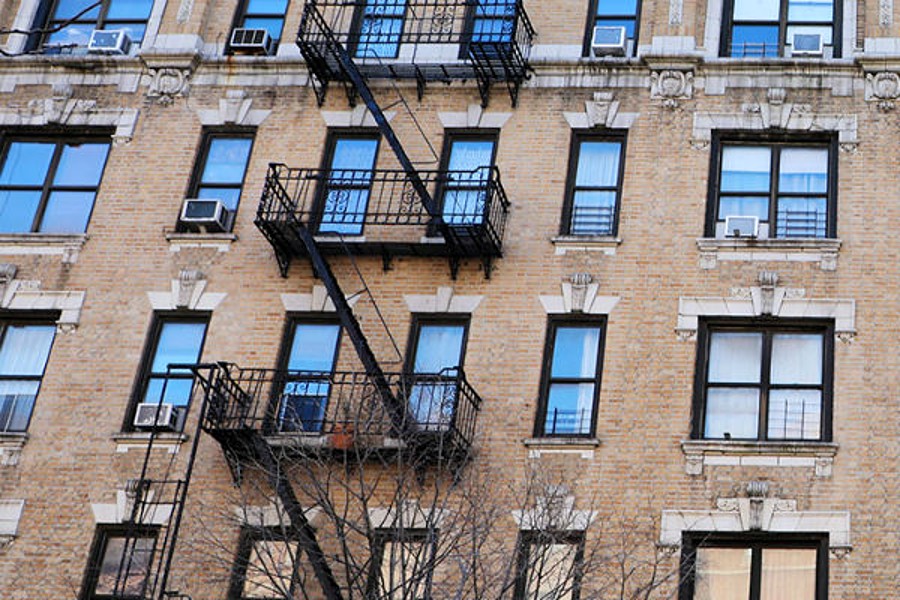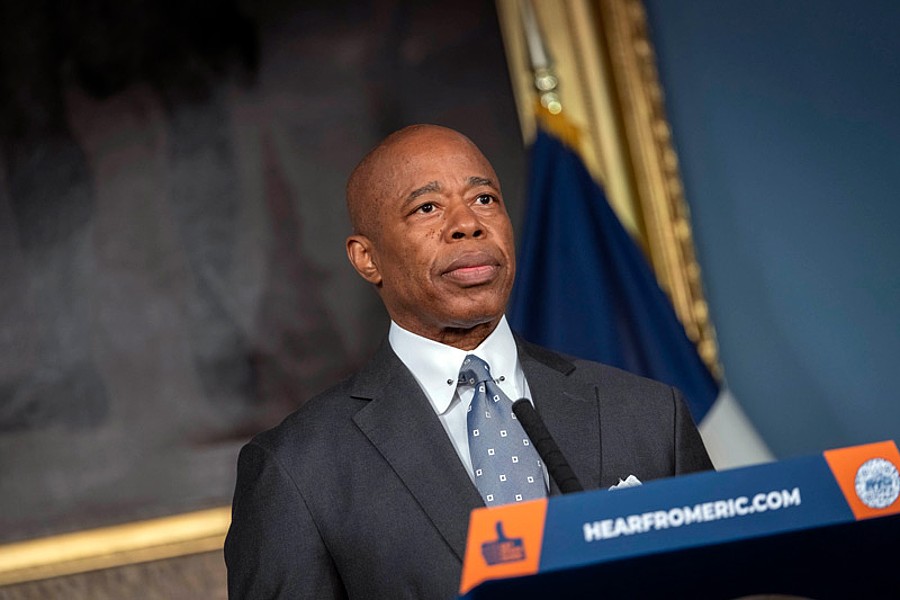
Today New York City Housing Preservation and Development (HPD) announced the recent release of a new Frequently Asked Questions (FAQ) document.
The document lays out additional guidance for participation in the “Affordable Housing from Commercial Conversion Tax Incentive Benefit” (467-m) program. The 467-m program provides a tax incentive for the conversion of eligible commercial buildings to residential housing with an affordable housing requirement. From permits and benefits to dwelling eligibility, the FAQ contains critical information to facilitate the application process for potential participants. The link to the FAQ can be accessed by visiting HPD’s website and looking for 467m-requirements-faq.pdf. Visitors to the site can also review additional technical materials released in June that provided insight into covered eligibility requirements, an expression of interest form, and general guidance all meant to inform, and assist interested participants ready to begin evaluating their options in earnest
“We are combatting our city’s housing crisis by using every tool at our disposal, including converting outdated office buildings to affordable housing,” said Maria Torres-Springer, Deputy Mayor for Housing, Economic Development and Workforce. “The publication of this FAQ for the 467-m program reflects our commitment to speedily implementing our hard-fought housing wins in Albany this year. We’re simply wasting no time improving New Yorkers’ lives with affordable, quality housing in some of our most high-resource neighborhoods.”
“467- m is another innovative, creative, smart tool in our arsenal to address the need for more affordable housing in the city,” said NYCHousing Preservation and Development Commissioner Adolfo Carrion, Jr. “As we continue to look at the most effective ways to utilize empty commercial and office spaces, this program is first of its kind in requiring affordable housing on commercial conversion, and we look forward to a successful implementation.”
The 467-m falls into the strategic approach to embrace more smart, innovative ways to build more affordable housing in every neighborhood, as envisioned by the administration’s “City of Yes for Housing Opportunity” plan, the most pro-housing proposal in New York City’s history.
Encouraged by the generated interest, HPD also reminds candidates to fill out the interest form, located on the HPD website to sign up to receive communication about future guidance and updates on the program’s implementation.
467-m key eligibility requirements include:
- Conversion of a non-residential property into residential use with six or more apartment units.
- Applying within one year of construction completion.
- Beginning construction between January 1, 2023 and December 31, 2031.
- Completing construction by December 31, 2039.
Affordability requirements include:
- 25 percent of units must be affordable to households with a weighted average of 80 percent AMI or below, with no more than three income tiers.
- Highest income tier is 100 percent AMI and at least 5 percent of affordable units must be 40 percent AMI or below.
- Bronx: NYWF’s 30th Annual Dinner Honors Community Leadership And Purpose
- God’s Love We Deliver Joins Melba Wilson For Special Thanksgiving Turkey Giveaway In Harlem
- Unlocking Business Growth With Strategic SEO Practices
- How To Boost Instagram Story Views Effectively
- The Pros And Cons Of Major Types Of Grills
Units must remain permanently affordable.
To encourage the creation of affordable housing quickly, given the urgency of the housing crisis, the program is set up to provide the strongest benefit to developers who join the program and start construction by 2026. The breakdown of tax exemption benefits by start date follows:
2026 – 35-year tax exemption
2028 – 30-year tax exemption
2032 – 25-year tax exemption
The majority of underused office space is located in Manhattan below 96th Street, known as the Manhattan Prime District. This includes many neighborhoods with higher-than-average rents, extremely low rental vacancies, and particularly expensive construction costs associated with the area’s density. In other words, it is difficult to build new housing in an area that sorely needs new affordable apartments, which is why the program offers the highest tax benefits to conversions in Manhattan below 96th Street. Regardless of location, the tax exemption decreases as the program ages.
Interested developers can learn more about the project and submit an interest form to receive updates from HPD on the status of the program.
Program Background:
New York State Real Property Tax Law (“RPTL”) § 467-m (“Act”) adopted the Affordable Housing from Commercial Conversions Tax Incentive Benefits (“AHCC Program Benefits”) program in order to provide real property tax exemptions for the conversions of non-residential buildings, except a hotel or other class B multiple dwelling, to Eligible Multiple Dwellings. These AHCC Program Benefits are available to Eligible Multiple Dwellings that contain six or more dwelling units, where the Eligible Conversions commenced after December 31, 2022, and on or before June 30, 2031, and where the Eligible Conversions are completed on or before December 31, 2039. Eligible Multiple Dwellings must be operated as rental housing. Capitalized terms not specifically defined herein are defined in New York State Real Property Tax Law Section 467-m. This is just one of the tools that the Adams administration successfully advocated for new in this year’s New York state budget that will spur the creation of urgently needed housing. These include: a tax incentive program to encourage office conversions to create more affordable units, lifting the arbitrary “floor-to-area ratio” cap that held back affordable housing production in certain high-demand areas of the city, and the ability to create a pilot program to legalize and make safe basement apartments.
To meet the demand for housing, Mayor Adams announced a “moonshot” goal of 500,000 new homes over the next decade. Mayor Adams has taken significant action to combat the city’s housing and affordability crisis. Under his leadership, the city financed a record number of new affordable homes in 2023 and is ahead of schedule on a State of the City commitment to advance two dozen 100-percent affordable housing projects on city-owned land this year through the “24 in ’24” initiative. Mayor Adams has also taken steps to cut red tape and speed up the delivery of much-needed housing, including through the Office Conversion Accelerator, an interagency effort to guide buildings that wish to convert through city bureaucracy and other initiatives of the Building and Land Use Approval Streamlining Taskforce.
Earlier this year, Mayor Adams and working-class New Yorkers kicked off the public review on “City of Yes for Housing Opportunity,” the most pro-housing proposal in New York City’s history. The proposal would enable the creation of “a little more housing in every neighborhood” through a set of carefully crafted zoning changes — which has not been done in more than half a century — to increase overall housing supply. DCP released the draft environmental impact statement of the proposal, which estimates City of Yes for Housing Opportunity could produce as many as 108,850 new homes over the next 15 years.
Photo credit: HWM.
Become a Harlem Insider!
By submitting this form, you are consenting to receive marketing emails from: . You can revoke your consent to receive emails at any time by using the SafeUnsubscribe® link, found at the bottom of every email. Emails are serviced by Constant Contact








